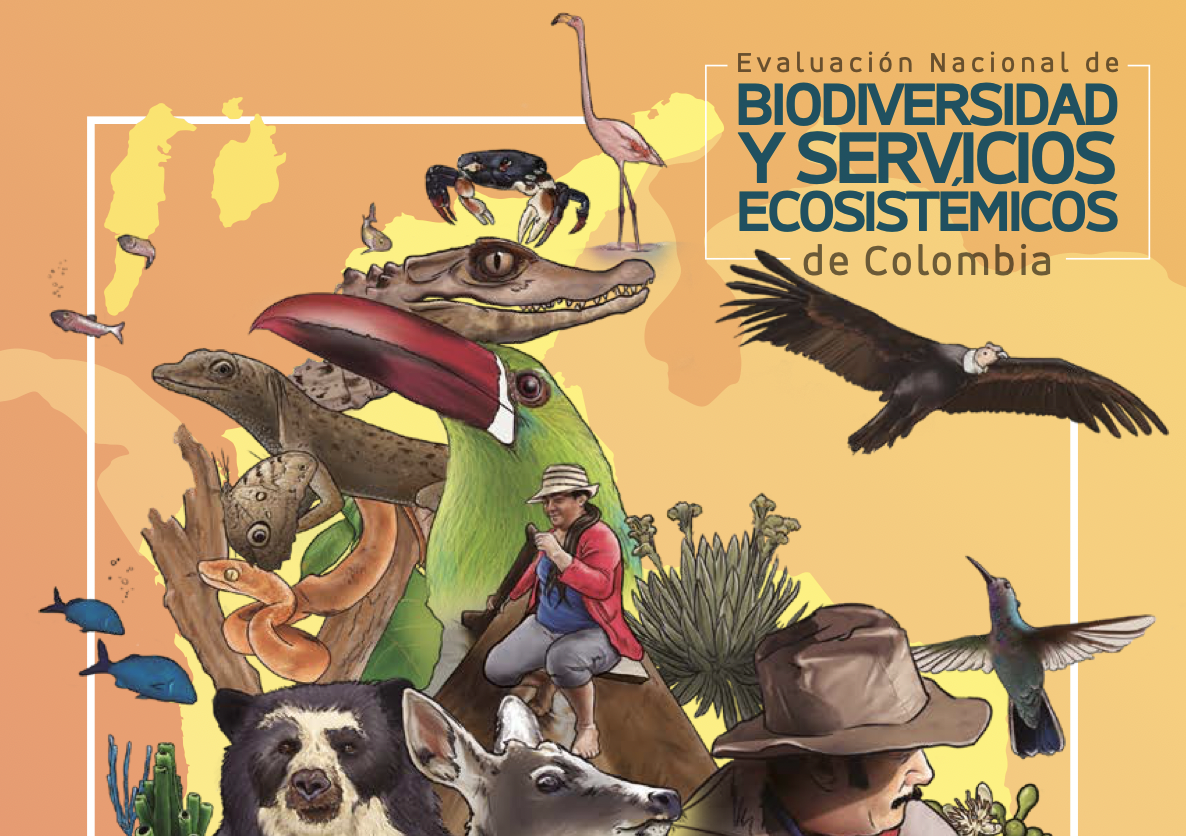Biodiversity in freshwater ecosystems is under grave threat from human activities, due to the combined effects of multiple stressors such as pollution and habitat degradation, flow regulation, overfishing, and alien species. Consequently, a higher proportion of freshwater species are threatened to extinction than their terrestrial or marine counterparts. While this indicates the degree to which current practices are unsustainable, the actual situation is even worse as a failure to take account of shifting baselines has led to underestimation of historic declines. Anthropocene trajectories of rising human population growth and water consumption will be exacerbated by climate change impacts and consequential environmental alterations which, in combination with existing stressors, will lead to further extinctions. Such losses seem likely to impair ecosystem functioning and hence provision of goods and services that underpin human livelihoods. Unfortunately, evidence of a close relationship between biodiversity and ecosystem functioning (B-EF) is insufficient or equivocal at present, and B-EF science is not sufficiently mature to allow detailed predictions of precise outcomes of biodiversity loss or management needs for fresh waters. In the face of such uncertainty, it would be prudent to adopt the precautionary principle and minimize further losses. Despite the need for additional B-EF research and more effective communication of the importance and value of freshwater biodiversity, it is imperative that scientists and stakeholders collaborate to apply existing, albeit incomplete, knowledge to mitigating impacts and implementing conservation, management and restoration strategies in an adaptive fashion.
Prospects for sustaining freshwater biodiversity in the 21st century: Linking ecosystem structure and function
Year: 2010

































































































































































































































































































































































































































































































































































































































































































































































































































































































































































































































